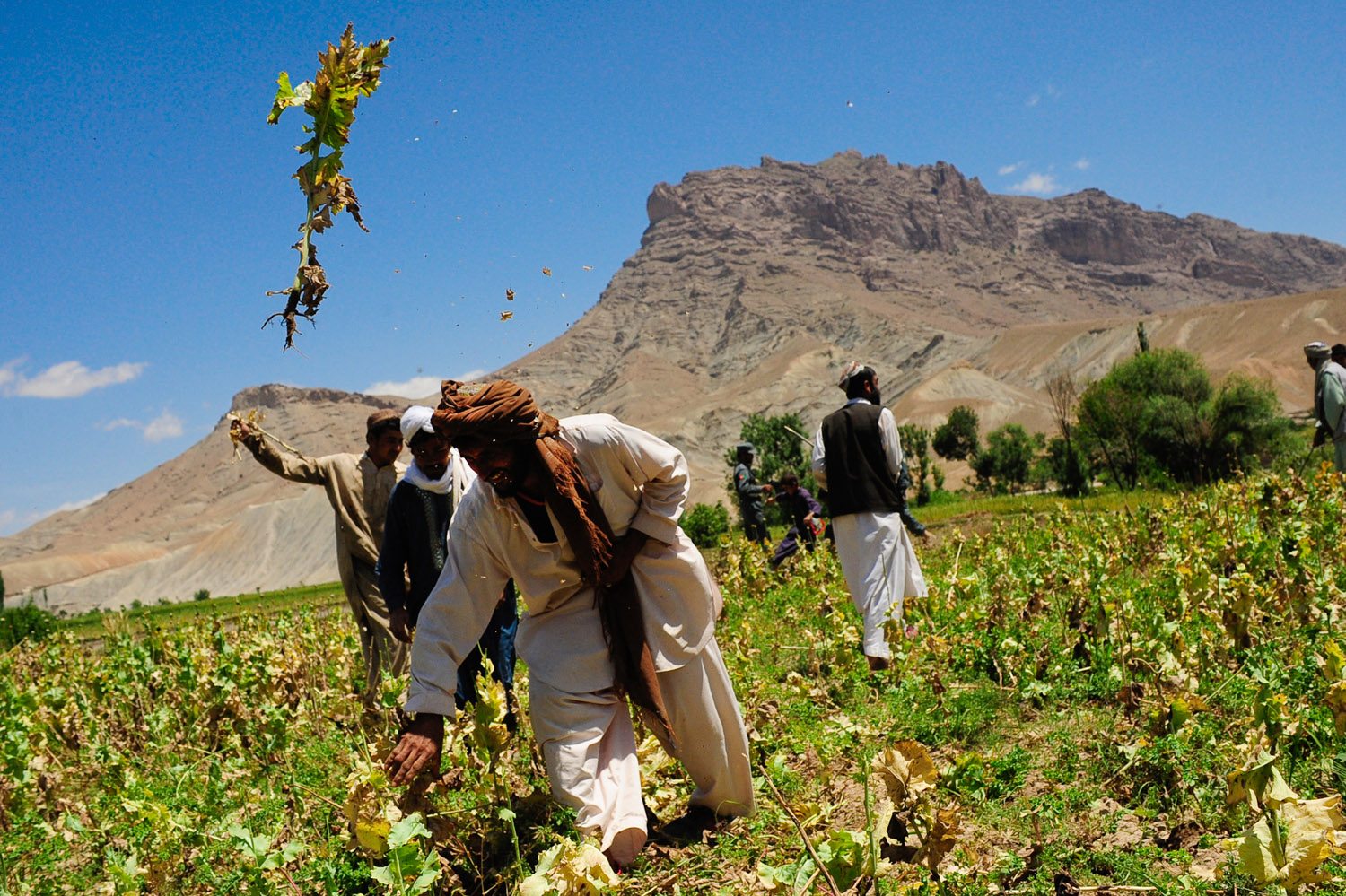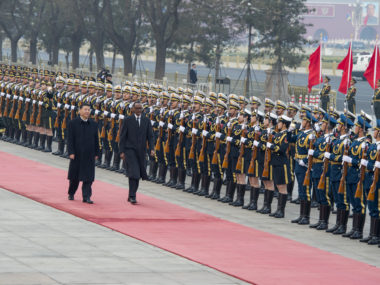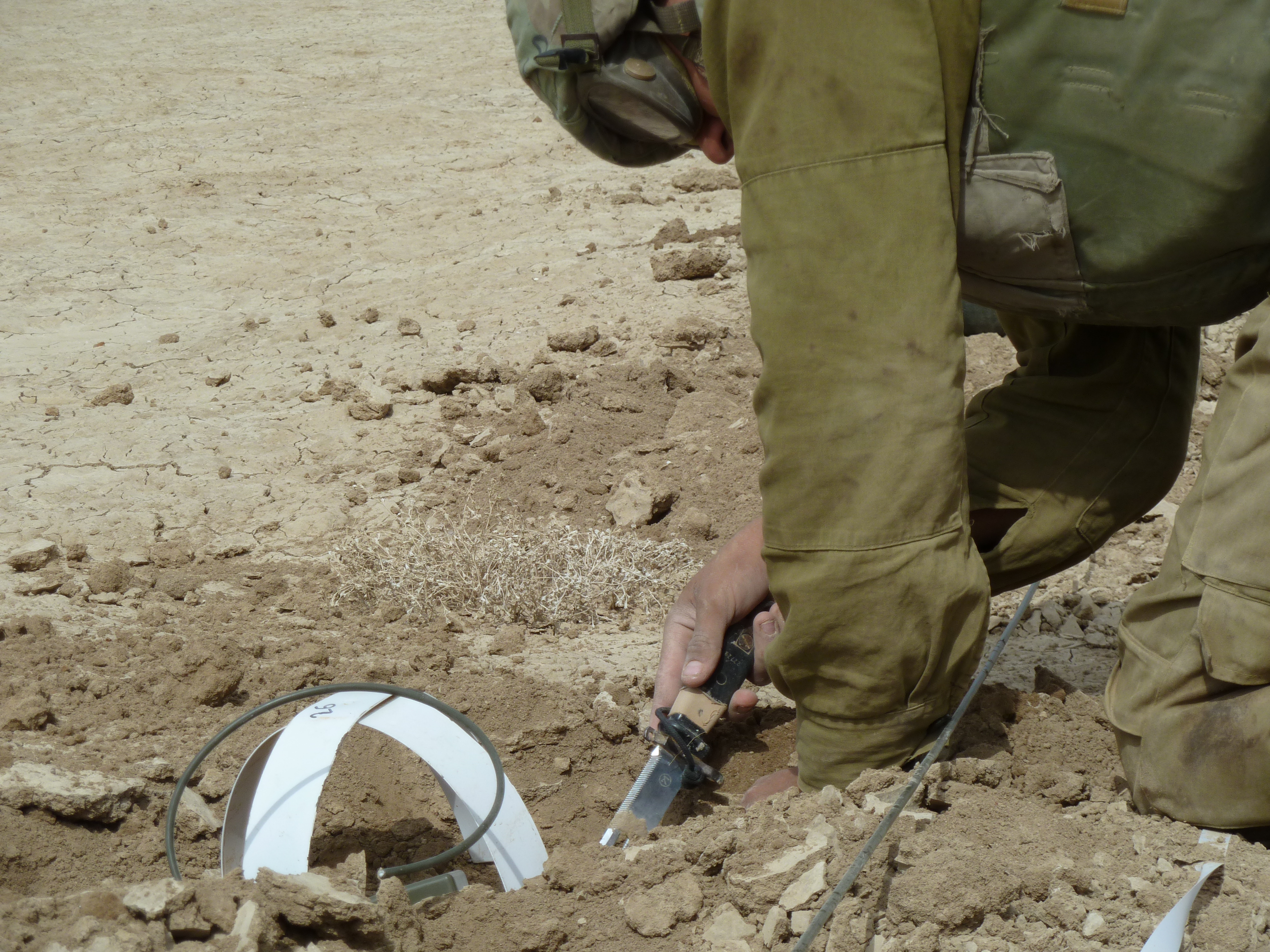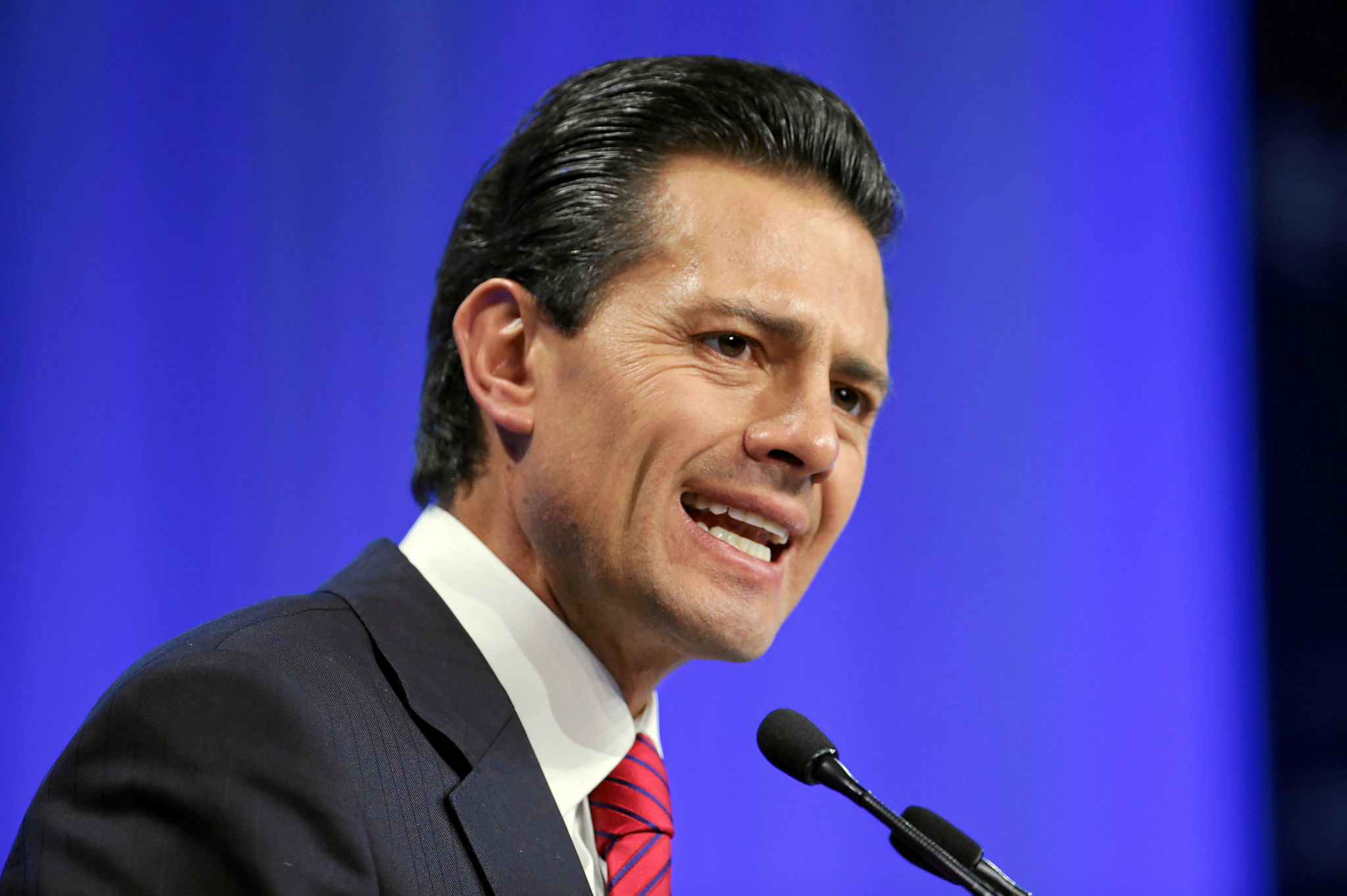Guest post by Eric W. Schoon

Reports have emerged alleging that the Islamic State is funding their efforts through the taxation and sale of illicit narcotics. A Newsweek report from October 2014 cites Spanish Intelligence sources saying that Islamic State affiliates in Europe are utilizing drug trafficking networks to transport combatants, arms, and illicit narcotics to support their operations. The Russian Federal Drug Control Service has also reported that the Islamic State is drawing significant revenue from the taxation of drugs transported from Afghanistan across the territory it controls. However, as Graeme Wood writes in the Atlantic, selling drugs and alcohol can be considered apostasy according to the ultra-conservative Salafi doctrines adhered to by the Islamic State. The punishment for apostasy is death. While in some cases the observed links between the Islamic State and the illicit drug economy are less direct (e.g., the sale of illicit narcotics by other groups that have pledged support to the Islamic State), evidence of involvement in the illicit drug economy complicates our understanding of the Islamic State and how they are funding their operations.
While the full extent of the Islamic State’s involvement with drugs is unclear, understanding how terrorist organizations fund their operations is a key element in developing an effective response to the threat they pose. Recent research examining when and why violent groups become involved in the illicit drug economy offers insights into the apparent contradictions between ideology and practice exhibited by the Islamic State. One possible explanation centers on how local economies affect the legitimacy of occupying groups. In her 2010 book, Shooting Up: Counterinsurgency and the War on Drugs, Vanda Felbab-Brown presents a case study of the Taliban in Afghanistan. She details the Taliban’s shift away from efforts to eradicate poppy cultivation from the areas they controlled to the de facto legalization of opium cultivation and production. According to Felbab-Brown, when they initially gained control of large portions of territory, the Taliban eradicated vineyards to prevent the production of wine, cracked down on hashish users, and implemented harsh punishments for those who violated these prohibitions. The production of poppies for opium, however, proved so critical to the local economy—providing much greater revenue for farmers than legal crops, supporting ancillary economies such as rest stops and fueling stations for opium transporters, and motivating infrastructure improvements—that the Taliban made an exception in their strict prohibitions against drugs and alcohol. As Felbab-Brown writes, “In the limited interviews conducted in Afghanistan during the 1990s, farmers emphasized the Taliban’s sponsorship of the illicit economy as a crucial source of the group’s legitimacy” (p. 128). By providing security for poppy growers and facilitating the development of the drug economy, the Taliban gained greater support as a result of the improved living standards for the population they controlled.
While the Islamic State and the Taliban are different in many ways, both employ strategies that require territorial control. The Islamic State has made efforts to provide social services, yet social services cannot replace local economies and it is not unreasonable to think that new economies cannot be built in a matter of months. In particular, as the Islamic State has gained control of long-established routes for transporting opium from Afghanistan, preventing the transportation of these drugs would likely have damaging effects on local businesses that rely on this trade. In this case, taxing smugglers rather than prosecuting them or prohibiting their activities would afford the group tremendous resources while potentially bolstering their legitimacy among local populations.
The diffuse nature of the Islamic State’s support networks may also help us make sense of their alleged connections to the drug trade. In research that was recently published, my colleagues and I examine the conditions associated with drug trafficking across 395 terrorist organizations. Controlling for a range of organizational, ideological, and environmental factors, our analyses show that network connectivity to other terrorist groups is the most significant predictor of terrorist groups’ involvement in the illicit drug economy. We argue that this is likely due to the diffusion of knowledge across networks and/or the presence of preexisting connections that can be used to reduce the material and nonmaterial costs associated with launching a new form of operations. Extending this line of argument, as more actors and groups pledge their support to the Islamic State, involvement in the illicit drug economy may effectively be incorporated into the broader organization.
In both of these potential explanations for the Islamic State’s involvement in the illicit narcotics economy, the assumption is that the Islamic State has not directly sought involvement in the drug trade. Instead, their involvement is framed as a byproduct of their rapid territorial and organizational expansion. Moreover, both scenarios suggest that narcotics are not a central source of revenue for the group. However, it is important that we not discount the possibility that, along with oil and other resources, the sale and taxation of narcotics is an easily leveraged revenue source that the Islamic State has willingly pursued to support their military and state building efforts. As Graeme Wood discusses, the fundamentalist interpretation of Sharia (Islamic law) advanced by the Islamic State does allow for certain prohibitions to be lifted during times of war in an effort to expedite the conflict and reduce suffering. Yet, it is important to consider multiple angles in assessing the role this resource plays in their operations. This is particularly true given that each scenario would require distinct intervention strategies (for more on the dynamics of intervention, see Felbab-Brown and Breiger and colleagues).
Eric W. Schoon is a doctoral candidate in Sociology at the University of Arizona.







1 comment